Climate change as a business opportunity: where to next?
The transition to carbon neutrality will require trillions. For the financial sector this means not just the opportunity to fund the future, but to profit from it.
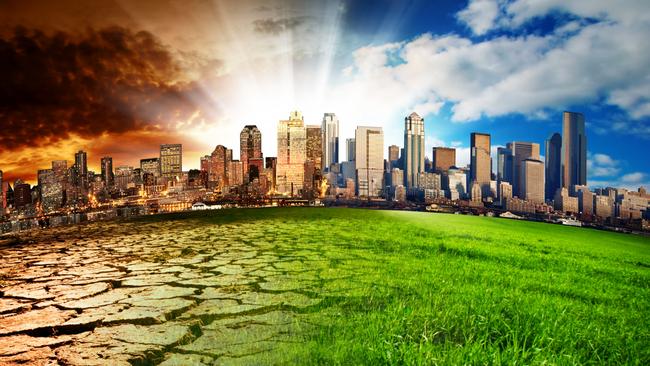
For bankers all around the world, the realisation has dawned that climate change is a business opportunity, not just an existential risk. It’s hardly surprising: people with a nose for productive economic activity tend to start twitching when figures along the lines of $US125 trillion ($177 trillion) – the estimated cost of the global transition to carbon neutrality by 2050 – are bandied around.
On Commonwealth Bank numbers, the cost of the Australian net-zero transition will mirror the last great resources boom. Investment will peak at about 28 per cent of GDP in 2030 or thereabouts, which is about the same as it was in 2013 and one-third higher than its current level.
There is no doubt that the financial services industry, including the capital markets, has the capacity to fund this transition.
Commonwealth Bank institutional banking and markets head Andrew Hinchliff says there is a wall of funds looking to finance the transition, not just because it is the moral and ethical thing to do, but also for the business opportunity.

“There’s a whole lot of problems associated with why we’re here at zero interest rates, but one of the beautiful things is that there’s a lot of very, very cheap money in the system so the world can more readily afford the capital expenditure for the necessary investment,” Hinchliff says.
ANZ Bank institutional group executive Mark Whelan spends most of his time with the big end of town and sees the opportunity as massive.
And regardless of how you think that (figure) breaks down, the money is heading there,” Whelan says.
“We see that already in a number of areas – the investors in discussions with us about assets we might be funding and how they can come and join us on that; their scrutiny over our lending practices; and importantly, the demand every time we issue a green bond or a green loan,” he said.
“These things are five to 10 times oversubscribed, so we know the appetite’s there and the commitment’s there; it’s just a matter of getting the projects under way.”
The $177 trillion ballpark estimate for the capital expenditure required to get us to net-zero by 2050 implies a run rate of $US32 trillion by the end of this decade. This means future investment will overwhelmingly be tilted towards decarbonisation, with combustion-engine vehicles, for example, replaced by electric vehicles, and agricultural practices reformed to produce lower emissions.

By the numbers
A report by the McKinsey & Co unit Vivid Economics for the United Nations breaks down the $US32 trillion annual figure into six key sectors – electricity ($US16 trillion), transport ($US5.4 trillion), buildings ($US5.2 trillion), industry ($US2.2 trillion), and low-emission fuels and agriculture and forestry ($US1.5 trillion each). To reach $US125 trillion by 2050, investment for decarbonisation needs to triple in 2021-25 compared with 2016-2020, then average $US4.5 trillion a year after 2026.
Vivid says private actors can provide 70 per cent of the financing required until the end of the decade, offering “huge” opportunities for investors.
Sonya Sawtell-Rickson, chief investment officer at the $66 billion industry super fund HESTA, says about nine per cent of the fund’s assets are currently invested in low-carbon opportunities. Among them are Taiwan-based Gogoro, a provider of electric scooters, replaceable battery packs and battery swapping stations, and Convoy, a digital freight network to connect shippers to carriers, moving hundreds of thousands of truckloads and eliminating carbon waste.

“We want to accelerate the transition (to a green economy) by investing in clean technology, renewable energy and so on,” Sawtell-Rickson says. “But a significant bulk of capital will go to ‘brown’ companies becoming more green.”
Australia’s Macquarie Group, meanwhile, has developed potentially world-leading green capabilities in the sector, according to rival investment bank Morgan Stanley.
Analyst Andrei Stadnik said in a recent report that Macquarie was now a vertically integrated, private-markets asset manager and developer, with potentially the world’s best green capabilities among alternative asset managers.
Macquarie, he said, was perfectly positioned for the green revolution, with operations spanning finance and development, advice, infrastructure management and operation, and research and trading in emissions allowances and carbon offsets.
The scope of its business was likely to result in a “green premium multiple or a lower cost of capital”.
While Vivid’s report doesn’t break down the $US125 trillion figure into individual countries, the Australian economy’s contribution of about two per cent to global GDP suggests that our transition cost to net-zero will be in the low-single-digit trillions of dollars.
Whelan is not so much concerned with a lack of available finance as the quality of the projects and how quickly the required technology can operate at scale.
THE NEW GREEN ECONOMY
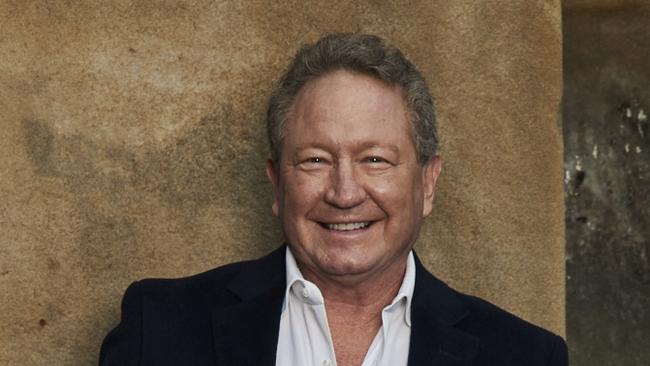
Twiggy’s green ambition put to the test
Andrew Forrest is convinced his ambitious green hydrogen plans are a key plank in the battle against global warming. But can the iron ore billionaire pull off the ultimate pivot?
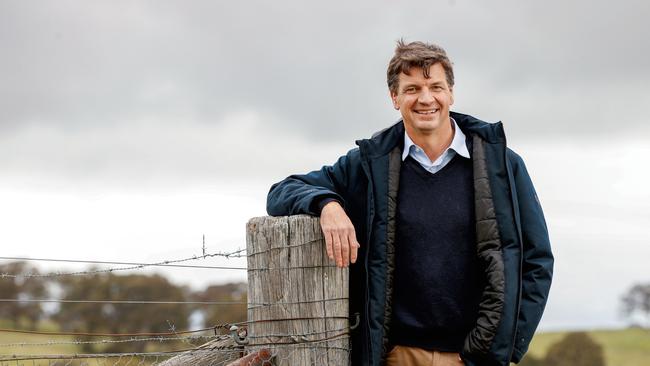
‘Cats can be herded if there’s a clear goal’: Angus Taylor
The government’s position on climate change is built on respect, says Industry, Energy and Emissions Reduction Minister Angus Taylor.
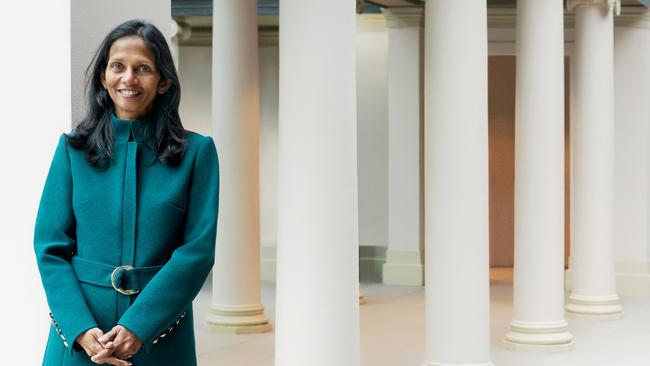
‘It’s our responsibility to be the adults’: Wikramanayake gets real
In a rare interview the Macquarie Group chief reveals its highly calculated approach to renewables investment and the discussion with her teenagers that crystallised the need to take action.
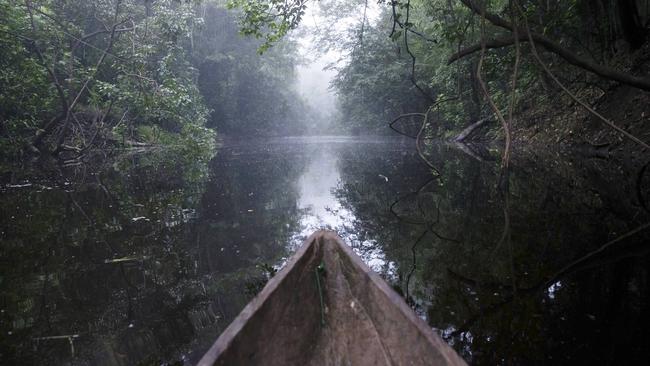
Is nature really at the centre of the ‘green dream’?
Looking after the land makes sense but in the end, someone has to pay. Good intentions will only go so far.
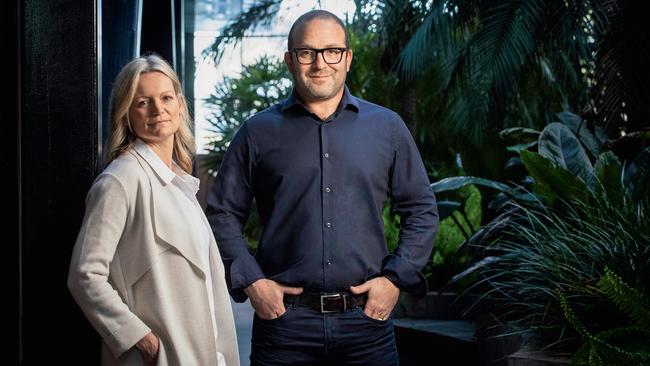
Rich-listers embrace climate shift
It’s no longer a question of choosing profit over planet. A new generation prioritises impact investing to retrain focus of their family wealth on a climate positive yet lucrative future.

Why climate change is a business opportunity
The transition to carbon neutrality will require trillions. For the financial sector this means not just the opportunity to fund the future, but to profit from it.
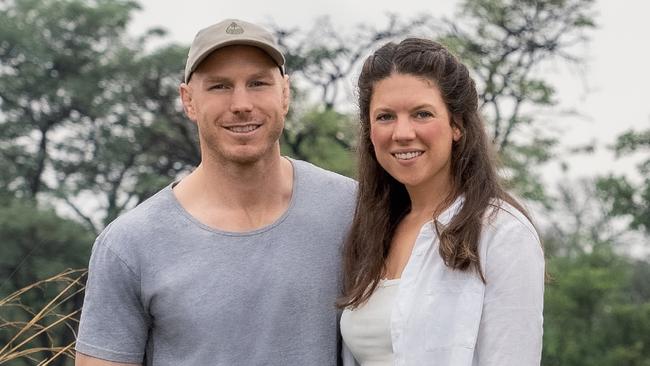
Rugby great takes climate fight to Canberra
David Pocock and wife Emma are playing to win with their commitment to turn talk into action on environmental issues.

Billionaire piles pressure on big Aussie polluters
Australia’s enormous resource companies are on notice as a new breed of emboldened financial agitators take an aggressive – and often effective – stance on climate accountability.

Could your car power your house one day?
A reality where the energy stored in your car is plugged in to electrify your home edges ever closer.

Cameron Adams on being a DJ loving climate warrior
Decisive action on climate matters as much as taking democratised design to the world for the co-founder of tech heavy-hitter, Canva.
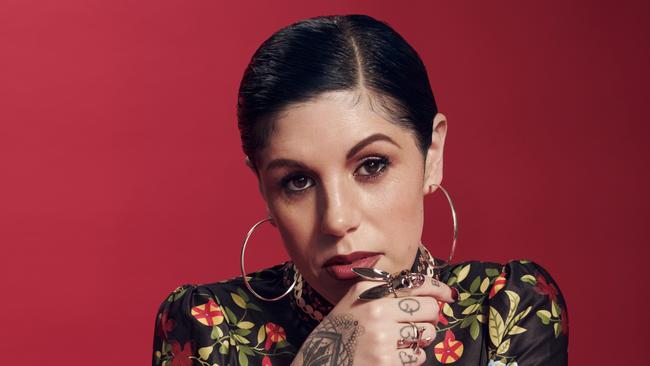
The Australian names to know in sustainable food and wine
From the man behind Sydney’s fish eatery Saint Peter to a self proclaimed meat-eating vegan, these Australians know a thing or two about sustainable food and wine.

Alan Finkel: ‘Technology is enabled by government’
Now is the moment as government, industry, technology and communities embrace both the urgency and practical reality of emissions reduction.

Climate solution may lie beneath our feet
One answer to the global emissions question is right beneath our feet, says newspaper publisher turned commercial cattle farmer Alasdair MacLeod.

Is this the cure for electric vehicle range anxiety?
Does the idea of electric vehicles give you range anxiety? Car companies have a cure for that, and it’s called a “PHEV”.
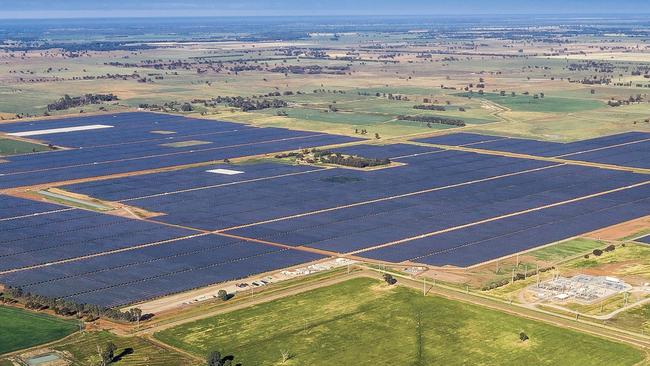
Solar plan set to shine
Australia’s appetite for solar continues to surge, driving everything from households and electric vehicles to mining projects seeking a cleaner future.
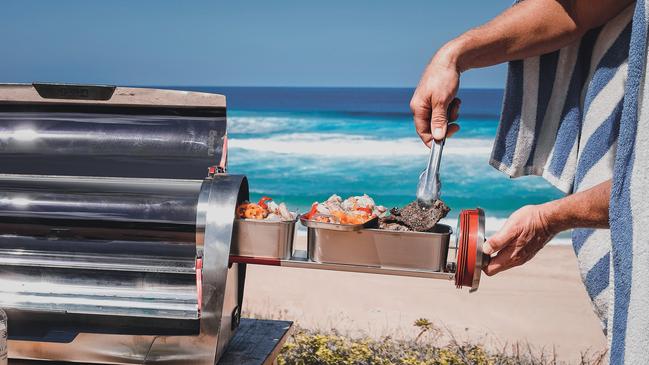
Six boundary-pushing tech innovations
From a solar-powered outdoor oven to robotic lawnmowers, the latest in green technology sets you up for a future-facing daily life.

Can an office be sexy … and sustainable?
A leading design studio experiments with sustainability by stealth at their innovative – and sexy – Sydney HQ.

The Australian denim brand leading the charge
Start unpicking the fashion industry and the cost to climate is clear. But Queensland’s Outland Denim is determined to break the pattern.
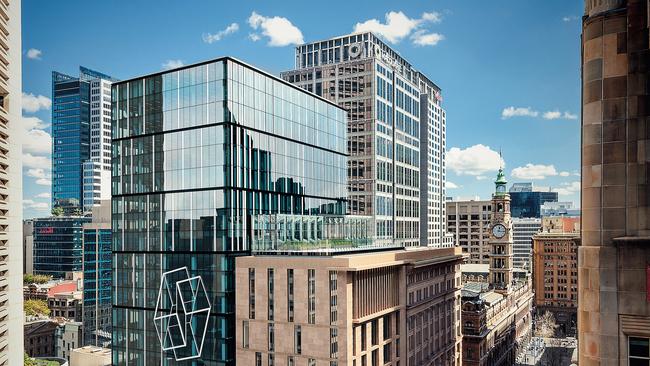
Sky’s the limit: Inside Australia’s greenest buildings
Concern for the environment and employees alike is at the heart of these top four sustainable, and awarded, new commercial spaces. SEE THE PICTURES

Living sustainably is harder than it looks
Two very different lives, one urgent shared challenge: to take concrete steps towards more sustainable daily choices.

Skincare brands put planet before profit
A swath of pioneering skincare brands are setting new low-impact benchmarks in the process.

Solid-state batteries ‘will secure EVs’ future’
For electric vehicles to truly capture the public’s imagination – and wallets – charging certainty and speed is necessary. Enter the solid-state battery.

The fashion innovators to know in 2022
French house Hermès turns luxury leftovers into pieces of creative expression, plus the latest in ethical design and the rise of resale.
“How quickly does green hydrogen become a reality at scale? How quickly do electric vehicles take hold and the infrastructure surrounding them?” Whelan asks.
“It’s a bit like solar and wind 15 years ago – there were some really bad projects in there and there were some good ones. A lot of money wants to go into these assets but you’ve still got to pick wisely what you do and how much you put into it.
“One of the things we do with new opportunities in the green space is that we look closely at the sponsors. That’s the way you can stay safe as a financier.”
Future proofing
The Morrison government’s net-zero emissions plan by 2050 identifies a handful of priority industries, starting with Australia’s highest emitting sector – electricity generation – responsible for almost 34 per cent of our emissions in 2019.
After that comes industry, mining and manufacturing, residential and commercial buildings, transport and agriculture and land.
Ultra-low emissions from electricity generation are key because it enables other sectors including transport, buildings and industry to decarbonise by switching to clean electricity, which can also be used to produce clean fuels such as clean hydrogen. Low emissions electricity will also enable much of the economy to shift to low emissions pathways, with latest projections suggesting the share of renewable generation will lift from 23 per cent in 2020 to 61 per cent by 2030.
The transition to renewables won’t be cheap. On Westpac numbers, the tab for retiring coal-fired power generation in Australia in the next decade will be about $100 billion. Then throw in an extra $50 billion for the poles and wires to carry the higher renewables load.
As Whelan warns, however, the current mismatch between supply of suitable projects and pool of funds already available raises the risk of bad actors seeking an underserved role in the decarbonisation supercycle.
Greenwashing, where promoters burnish the green credentials of dubious projects, is already a problem.
Westpac institutional boss Anthony Miller says lenders can start to manage, compare and prioritise projects once there’s an agreed taxonomy.
“When people say this is a green bond or this is sustainable-linked financing, you want to make sure there’s a lot more consistency in that language and what definitions people are using,” Miller says.
“That’s the kind of stuff that really allows us to get in and deliver.”
“It’s a bit like solar and wind 15 years ago – there were some really bad projects in there and there were some good ones. A lot of money wants to go into these assets but you’ve still got to pick wisely.”
OUT THIS FRIDAY: The List - Green Power Players 2022. Don’t miss your copy of the 112-page inaugural edition.
